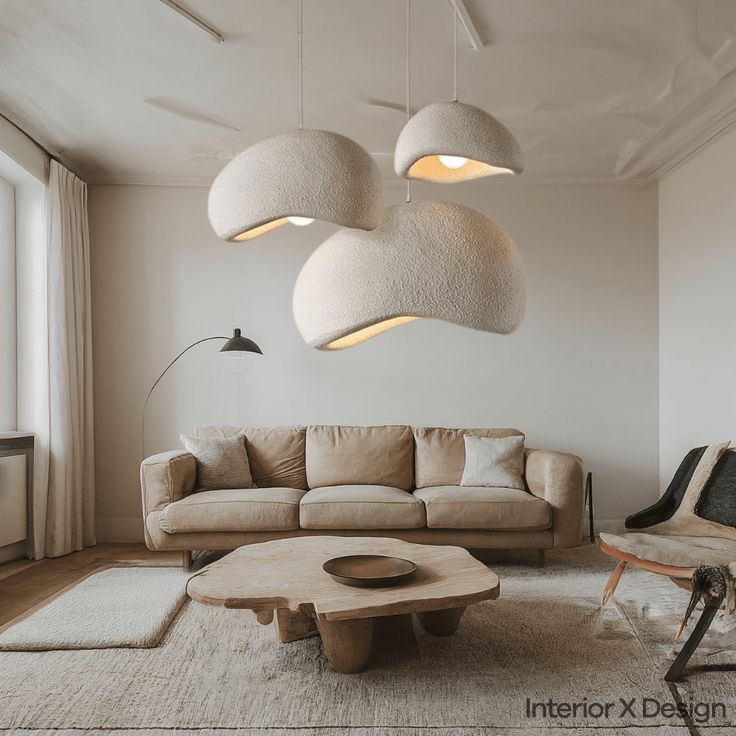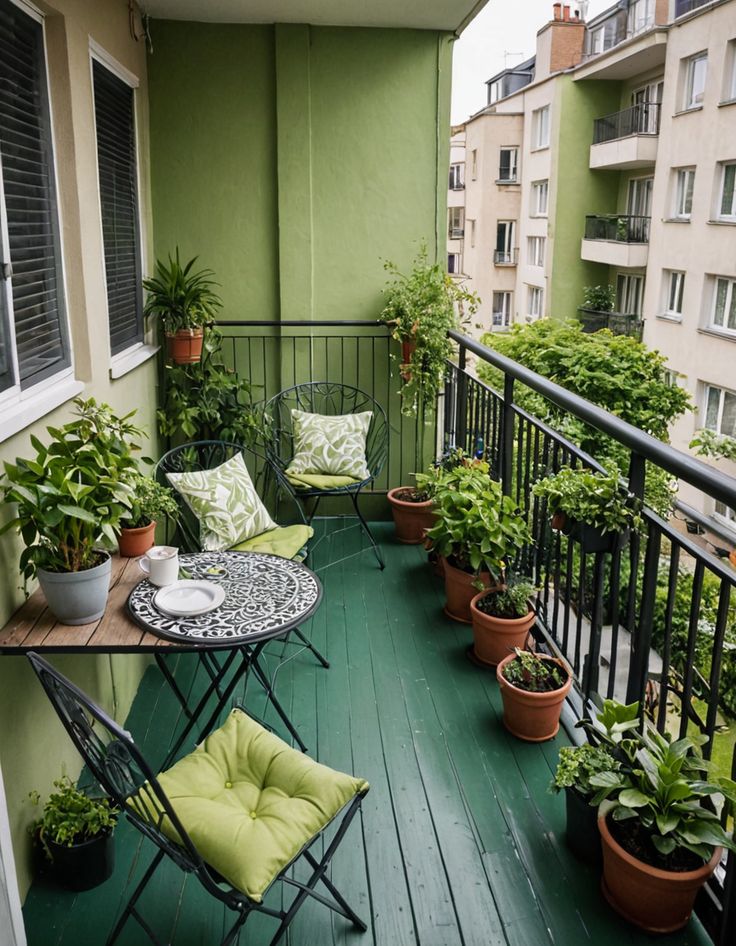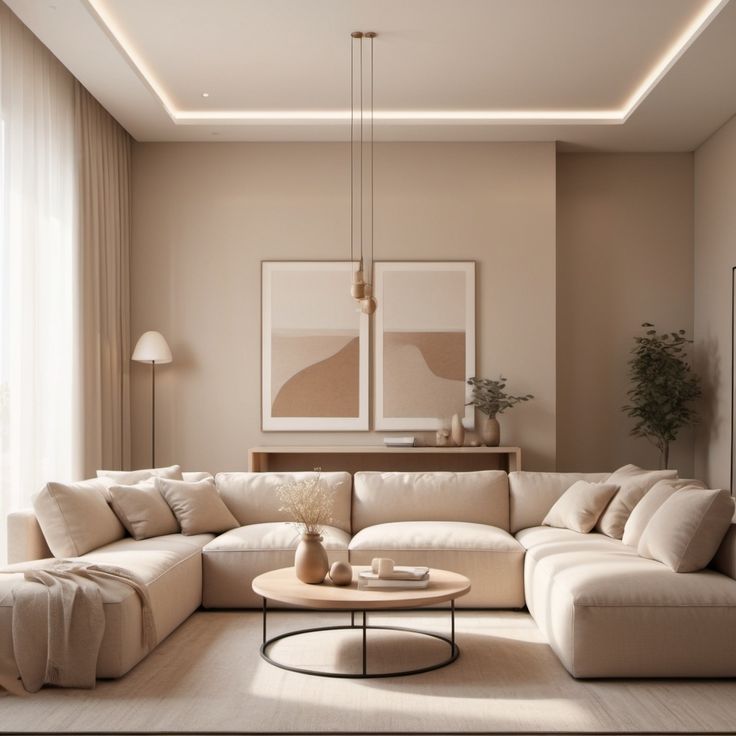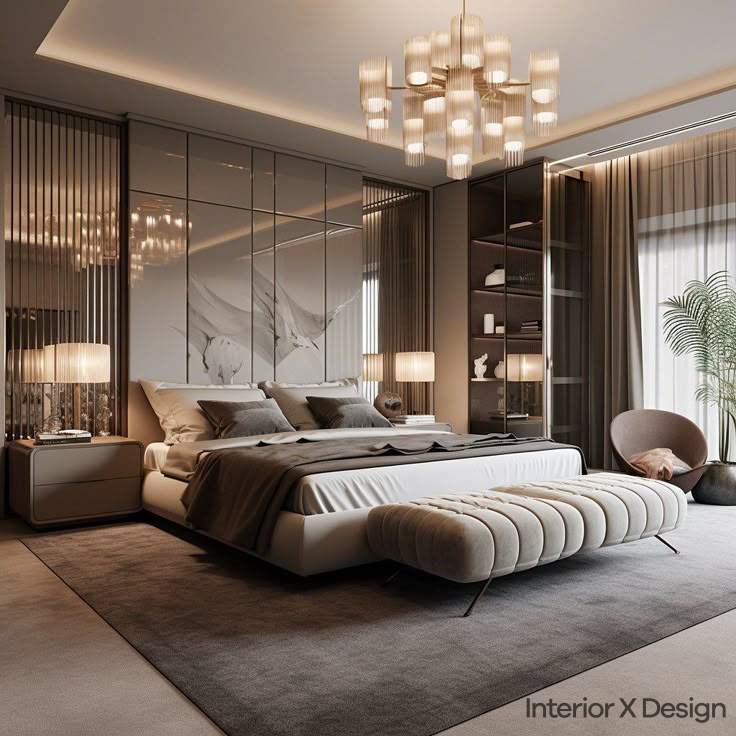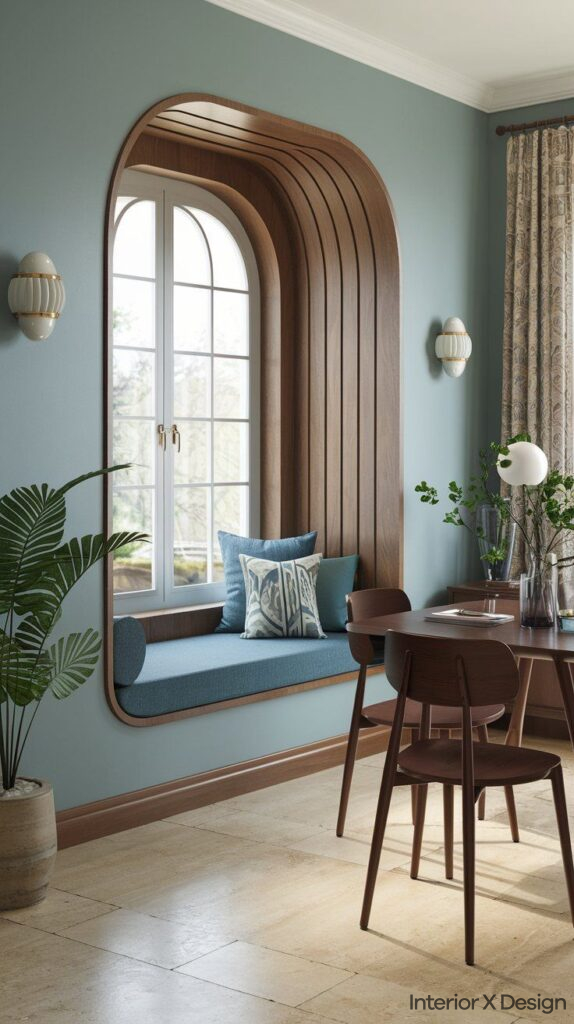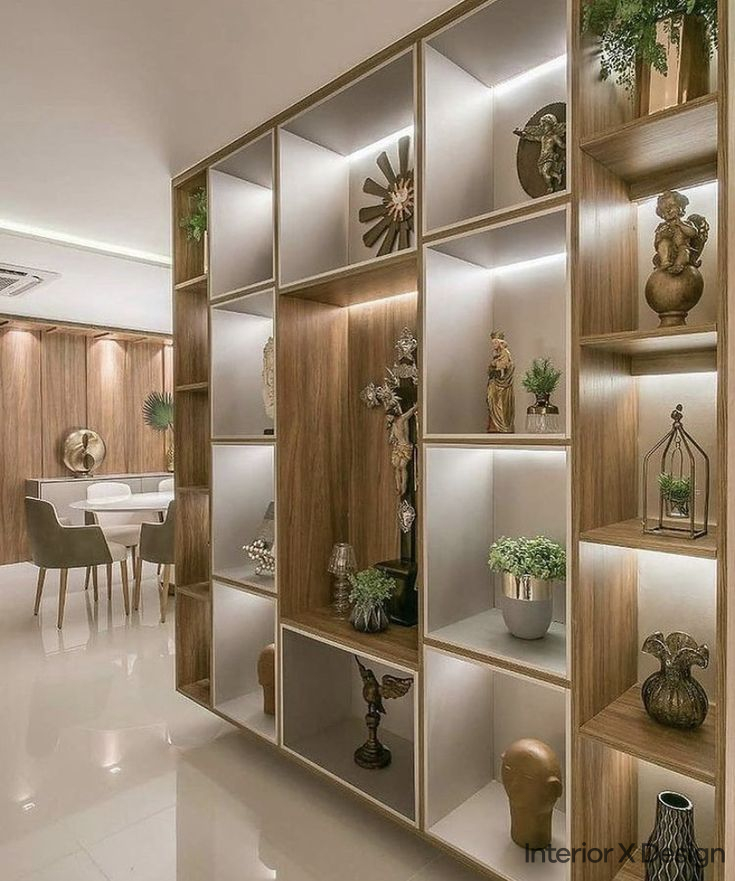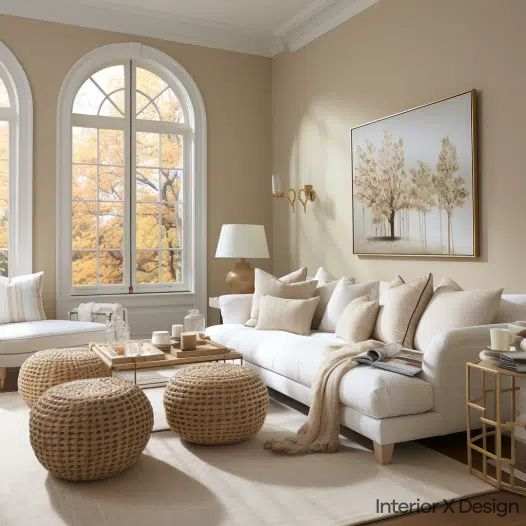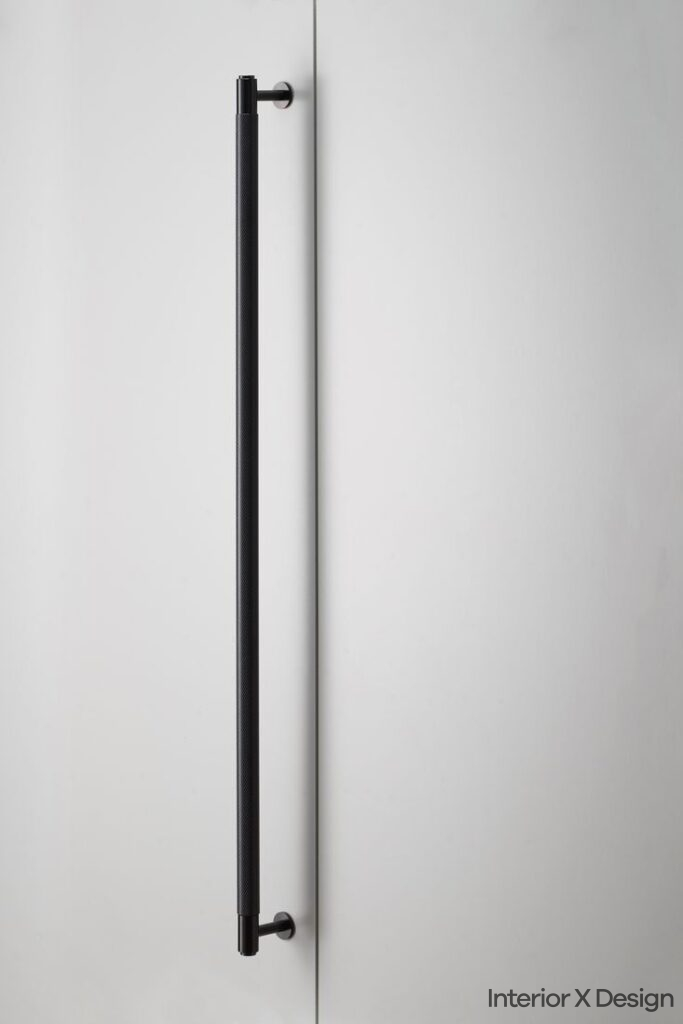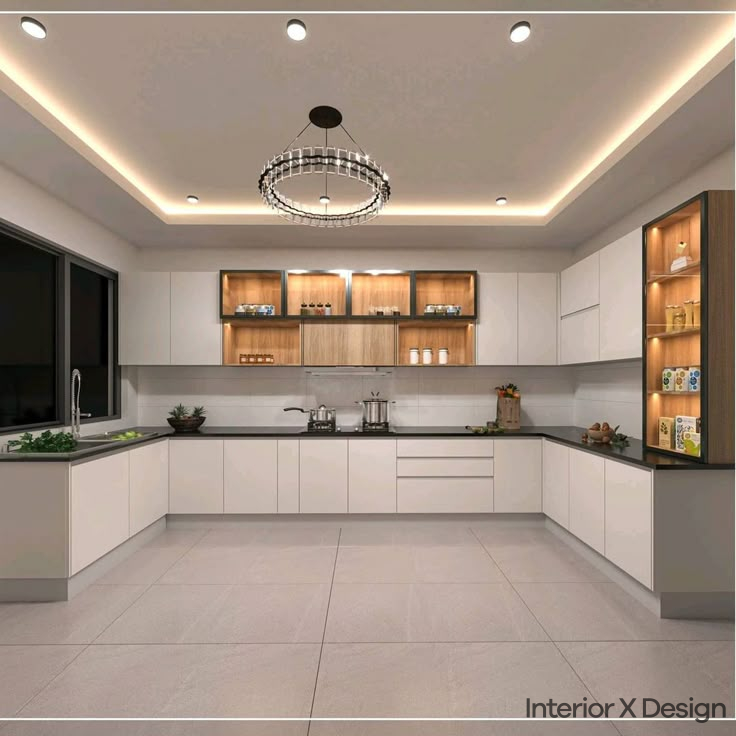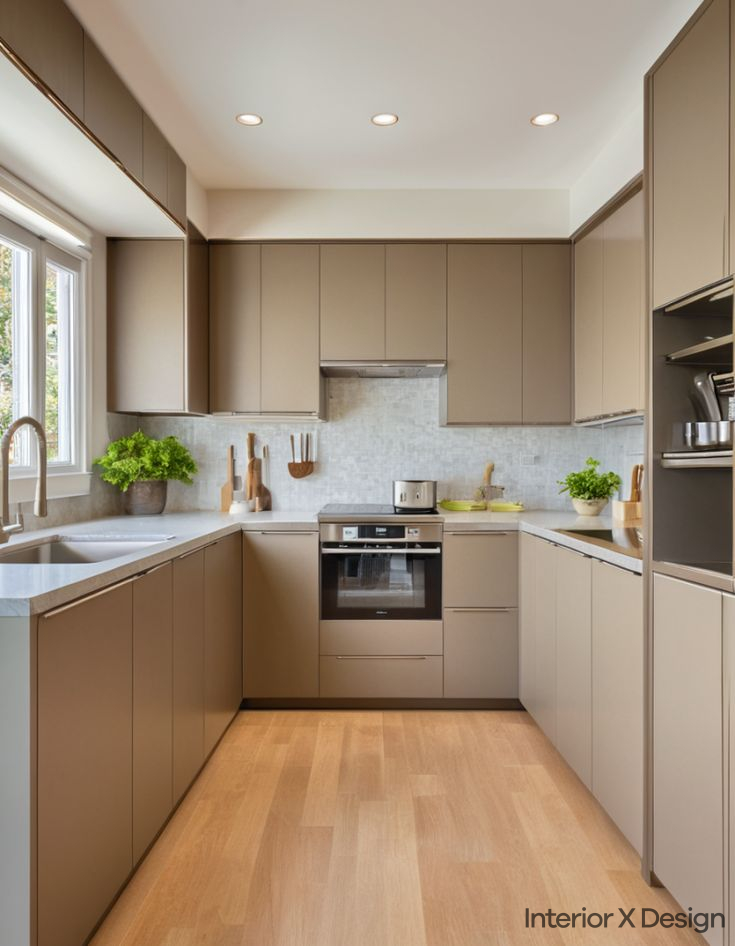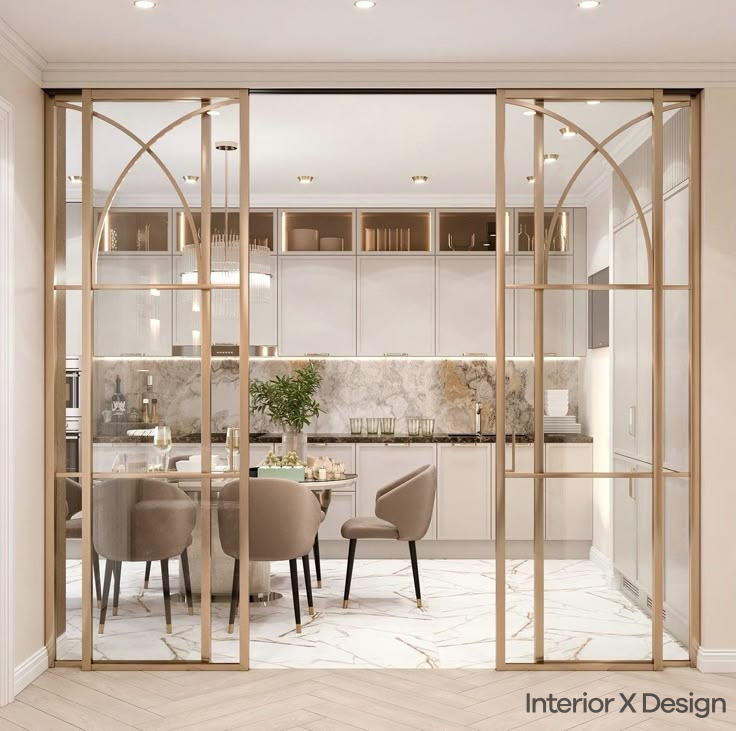Why Is Home Lighting Design Important?
Home lighting design does more than just brighten a space; it shapes the ambiance, highlights decor, and improves functionality. The right lighting can enhance architectural features and create a mood that suits your lifestyle. Understanding the balance of brightness, placement, and aesthetics is essential for designing a well-lit home.
1. Ambient Lighting for a Soft Glow
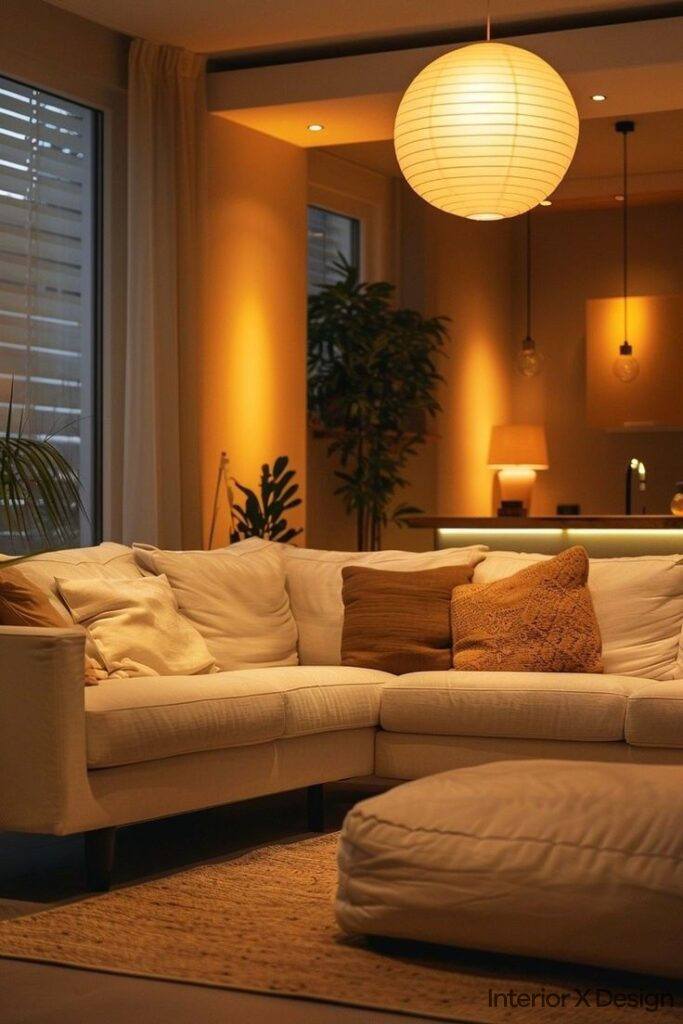
Ambient lighting provides overall illumination and ensures a space is evenly lit. It is essential in living rooms, bedrooms, and kitchens, creating a warm and inviting atmosphere.
Practical Tips for Ambient Lighting:
- Recessed Lighting: Distributes light evenly across the ceiling.
- Pendant Lights: Adds style and soft illumination, especially in kitchens and dining rooms.
- Ceiling Fixtures: Traditional fixtures provide a general light source.
Example: A living room with recessed lighting along the ceiling and a chandelier in the center creates a well-balanced lighting design.
Read More: Simple Home Lighting Design Guide
2. Task Lighting for Practical Spaces
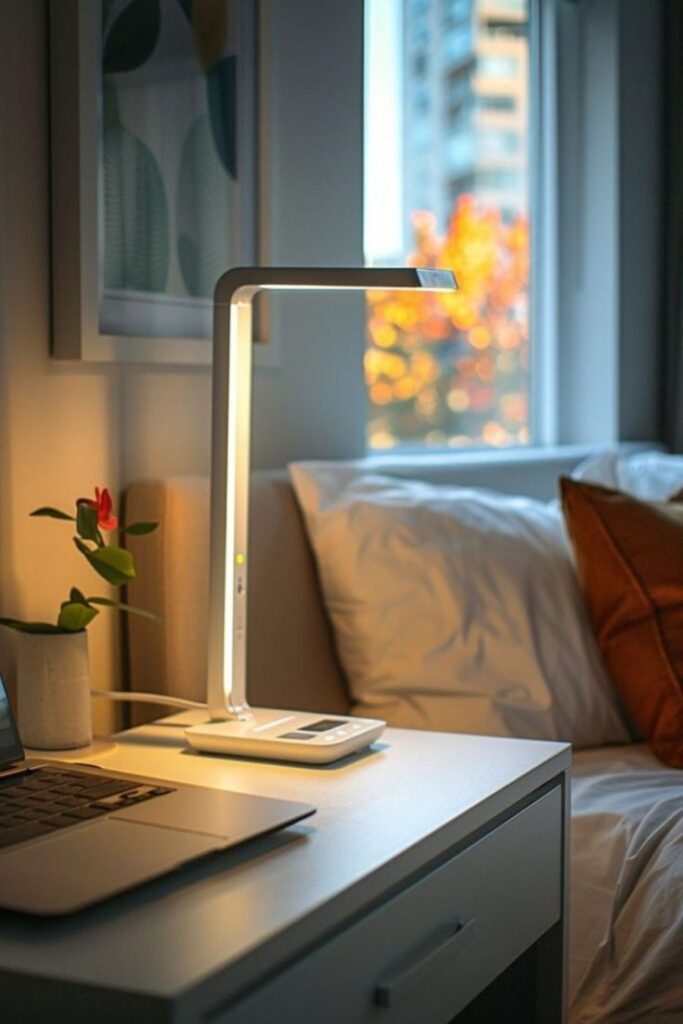
Task lighting helps with specific activities such as reading, cooking, and working. It provides focused lighting without overpowering the room.
Practical Tips for Task Lighting:
- Under-Cabinet Lights: Ideal for kitchen counters, ensuring proper illumination for cooking.
- Desk Lamps: Adjustable lamps help focus light on workspaces.
- Sconces and Wall Lamps: Perfect for reading areas or bedside lighting.
Example: A desk lamp in a home office reduces eye strain while providing adequate brightness for work tasks.
Explore More: Light Design for Home
3. Accent Lighting to Highlight Key Features
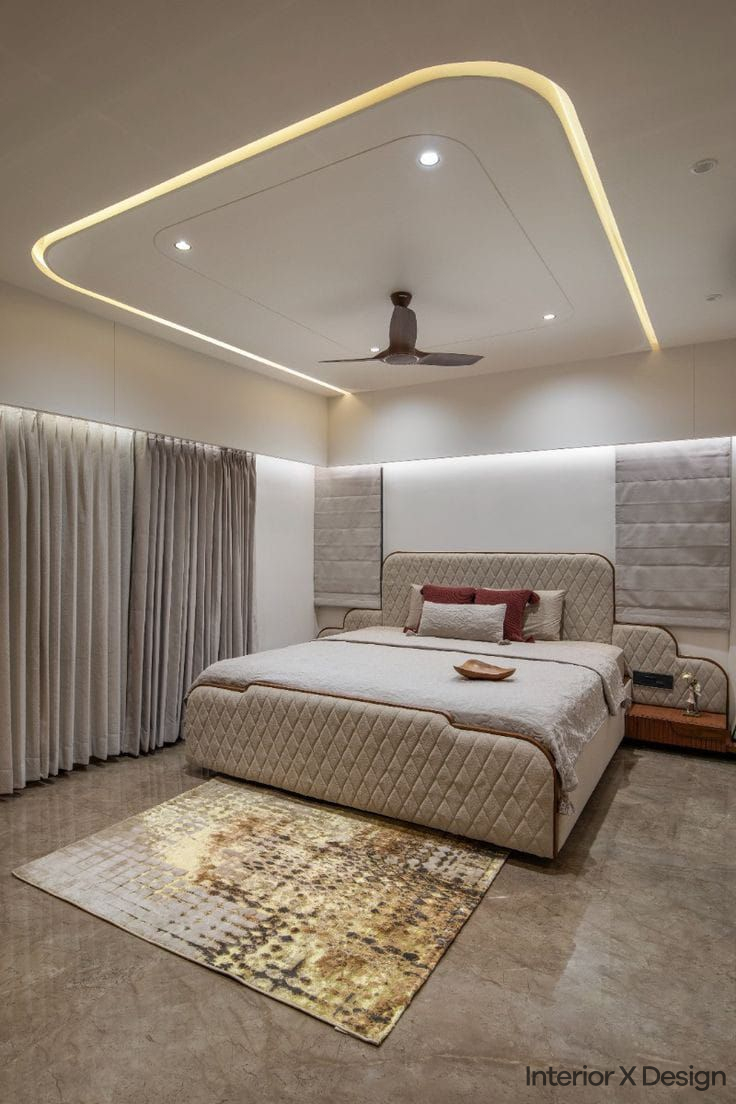
Accent lighting adds depth and drama to a space by highlighting artwork, sculptures, or architectural elements.
Practical Tips for Accent Lighting:
- Track Lighting: Adjustable lights highlight specific decor features.
- Wall-Mounted Fixtures: Emphasize textures and architectural details.
- LED Strips: Subtle lighting under furniture or shelves adds sophistication.
Example: A track light placed above a painting draws attention to it, making it a focal point.
Learn More: Simple Home Lighting Design Ideas
4. Decorative Lighting to Add Style and Elegance
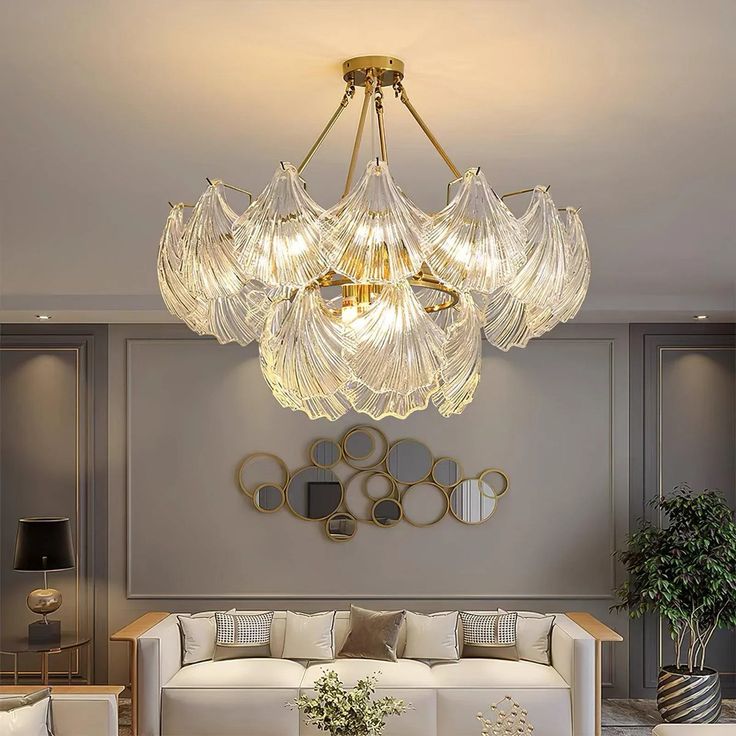
Decorative lighting doubles as both a source of illumination and a design statement.
Practical Tips for Decorative Lighting:
- Chandeliers: Ideal for dining areas and entryways, adding elegance.
- String Lights: Create a cozy atmosphere in living spaces and patios.
- Unique Lamps: Table lamps with stylish designs serve as both decor and lighting.
Example: A crystal chandelier in an entryway makes an elegant first impression.
Discover: Light Decoration Ideas for Home
5. Smart Lighting for Modern Homes
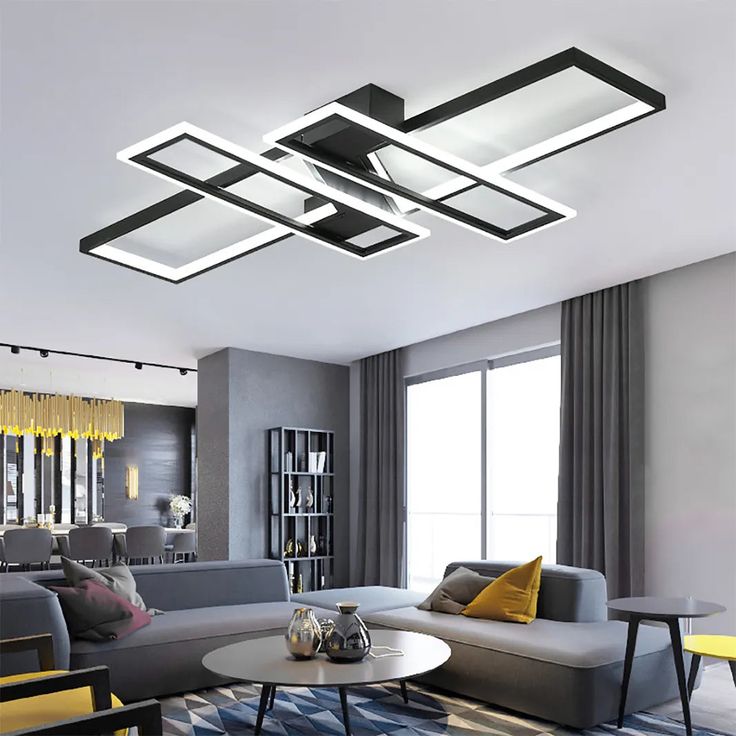
Smart lighting offers convenience by allowing you to control brightness, color, and schedules through apps or voice commands.
Practical Tips for Smart Lighting:
- Smart Bulbs: Adjust brightness and color remotely via phone apps.
- Motion Sensors: Automate lighting for hallways and bathrooms.
- Voice-Controlled Systems: Integrate lighting with Alexa or Google Home for hands-free operation.
Example: Dim the lights for a movie night using voice control, enhancing the viewing experience.
Learn More: Residential Lighting Guide
6. Natural Lighting for an Eco-Friendly Approach
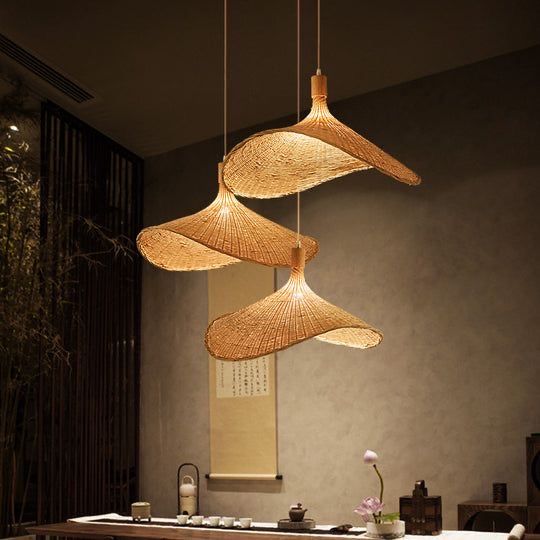
Maximizing natural light enhances indoor brightness while reducing electricity use.
Practical Tips for Maximizing Natural Light:
- Large Windows: Install floor-to-ceiling windows to bring in more daylight.
- Mirrors and Reflective Surfaces: Use mirrors to distribute natural light throughout a room.
- Skylights: Ideal for bathrooms and kitchens, increasing daylight exposure.
Example: A bedroom with large windows allows natural light to create a refreshing start to the day.
Explore: Energy-Efficient Home Designs
7. Layered Lighting for Dynamic Spaces

Layered lighting combines different lighting types to create a flexible and balanced atmosphere.
Practical Tips for Layered Lighting:
- Combine Ambient, Task, and Accent Lighting: Ensure adaptability in every room.
- Use Dimmers: Adjust light intensity based on activity and time of day.
- Multiple Light Sources: Include floor lamps, ceiling fixtures, and wall lights to create depth.
Example: A bedroom with ceiling fixtures, bedside lamps, and accent lighting offers a versatile and cozy ambiance.
Read More: Home Lighting Guide
Common Mistakes in Home Lighting Design
Avoid these common mistakes to ensure an efficient and aesthetically pleasing lighting setup:
- Overlooking Layered Lighting: Relying on one type of lighting makes a room feel unbalanced.
- Choosing the Wrong Bulb Color: Cool white may feel harsh, while warm white creates a cozy atmosphere.
- Placing Lights Incorrectly: Poor placement leads to uneven lighting and shadows.
- Ignoring Smart Options: Automated lighting adds convenience and energy savings.
- Neglecting Natural Light: Blocking natural light with heavy curtains reduces brightness.
By implementing these lighting techniques, you can create a well-lit and inviting home that blends style with functionality.
Conclusion
Your dream home is waiting to be illuminated! With the right home lighting design, you can not only enhance the beauty of your home but also create an environment that fits your lifestyle. From ambient lighting to smart home solutions, there are endless possibilities for transforming your living spaces. Experiment with different lighting styles and ideas, and let your creativity shine through your home’s design.
Ready to transform your home with stunning lighting designs? Explore more on our blog for the latest tips, ideas, and trends on home decor and lighting.

